GoPro Hero 11 Black: what we want to see
The GoPro Hero 11 Black will almost certainly be GoPro's next flagship action camera. There are currently almost no reliable rumors about the upcoming camera, but a little informed digging around tells us a lot about what it may be like. So we've rounded up all of our thoughts, and wishes, in this Hero 11 Black deep dive.
Despite its likely arrival, it's quite possible that GoPro’s biggest news of this year won't have anything to do with the Hero 11 Black. Earlier this year, GoPro CEO Nick Woodman said the company plans to expand its range in 2022, beyond the Black and Max lines we have today.
One of those new cameras is most likely the drone-friendly GoPro Hero 10 Black Bones. But could we also see a return of the White or Silver series? A new large-sensor GoPro Hero 'Platinum' to take on the 1-inch sensor action cameras from Insta360? Who knows, but we’ll be back with more on those future products as the information lands.
In the meantime, we're here to talk about the Hero 11 Black, or whatever becomes the direct successor to the Hero 10 Black once GoPro has shaken up its line-up. Here's everything we expect, and hope, to see in its next flagship action camera as it strives to hold onto the top spot in our guide to the best action cameras.
GoPro Hero 11 Black release date and price
The GoPro Hero 11 Black is likely to be announced in September 2022, if we take previous release dates as a guide. All GoPros from 2017 to today were announced in September, bar the GoPro Hero 8 Black, which was announced in mid-October.
GoPro has a consistent launch schedule for these mainline action cameras, a little like Apple and its iPhones.
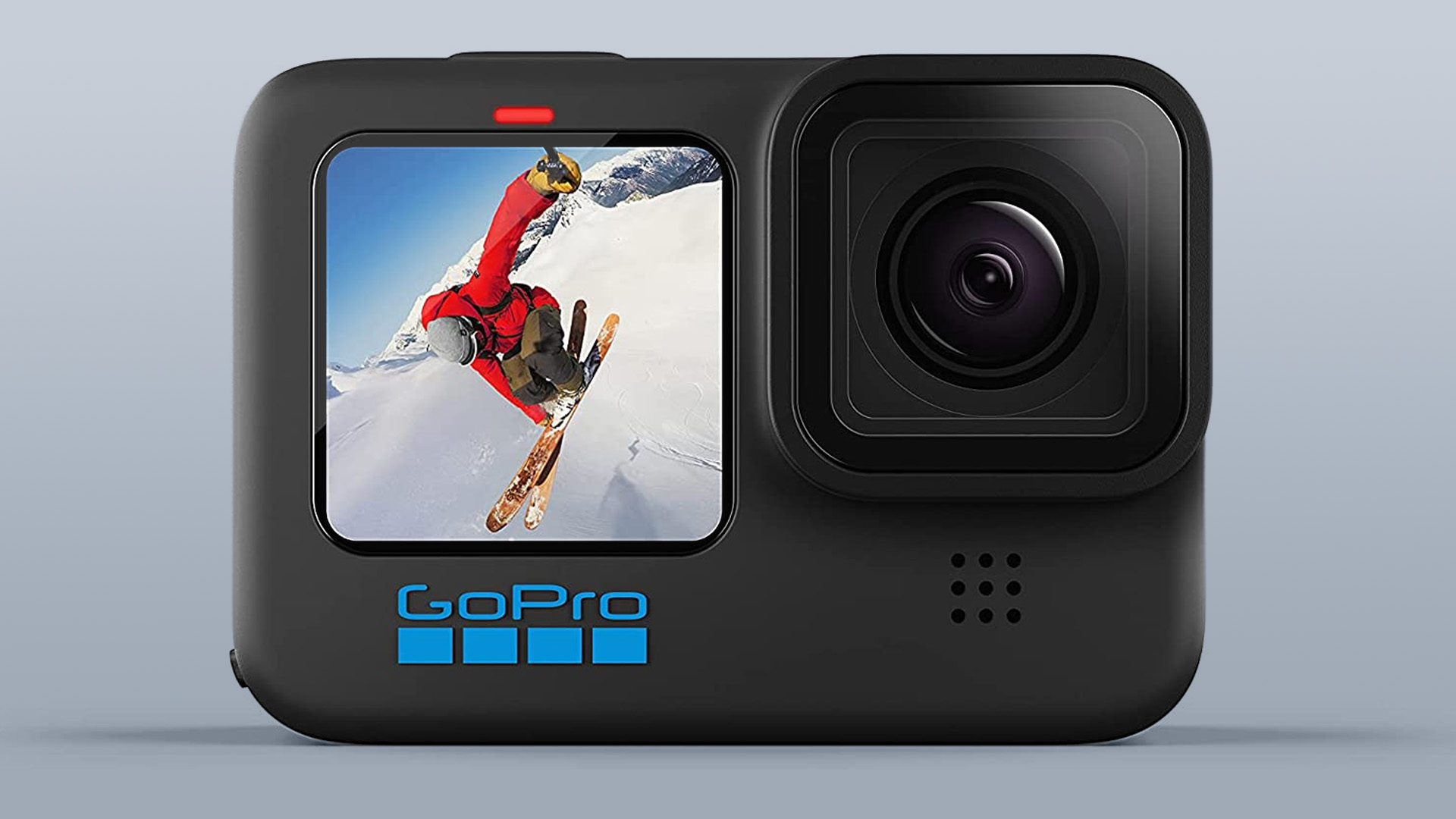
The GoPro Hero 11 Black pricing will be an interesting test of the increase in inflation across key GoPro markets. While we don’t expect the camera to have too many astounding new features that would cause a dramatic bump up from the Hero 10 Black’s current $499 / £479 / AU$659 tag, a rise of $50 or so seems possible.
We also expect to see GoPro aggressively push its GoPro Subscription for the camera, which should again bring a $100 / £100 / AU$150 discount for those who don't mind signing up to the company's membership service (which can be canceled at any time).
GoPro Hero 11 Black rumors and what we want to see
Right now, there are very few credible rumors about the GoPro Hero 11 Black. Given it isn't expected to arrive until September, that isn't too surprising.
But by digging into the Hero 10 Black's specs, and looking back at GoPro's recent history and comments, we can get a decent idea of what to expect. Here are six things we'd like to see from the flagship action camera – and how likely we think they are.
1. A tweaked design
The last significant change to the GoPro Black series' outer design arrived with the Hero 9 Black. Its shell was 9mm wider and 10mm taller than the previous version.
This came with the series’s shift in sensor tech, but didn’t seem a huge issue compared to older generations’ designs, as the built-in mount fingers mean you don’t need a separate mount case.
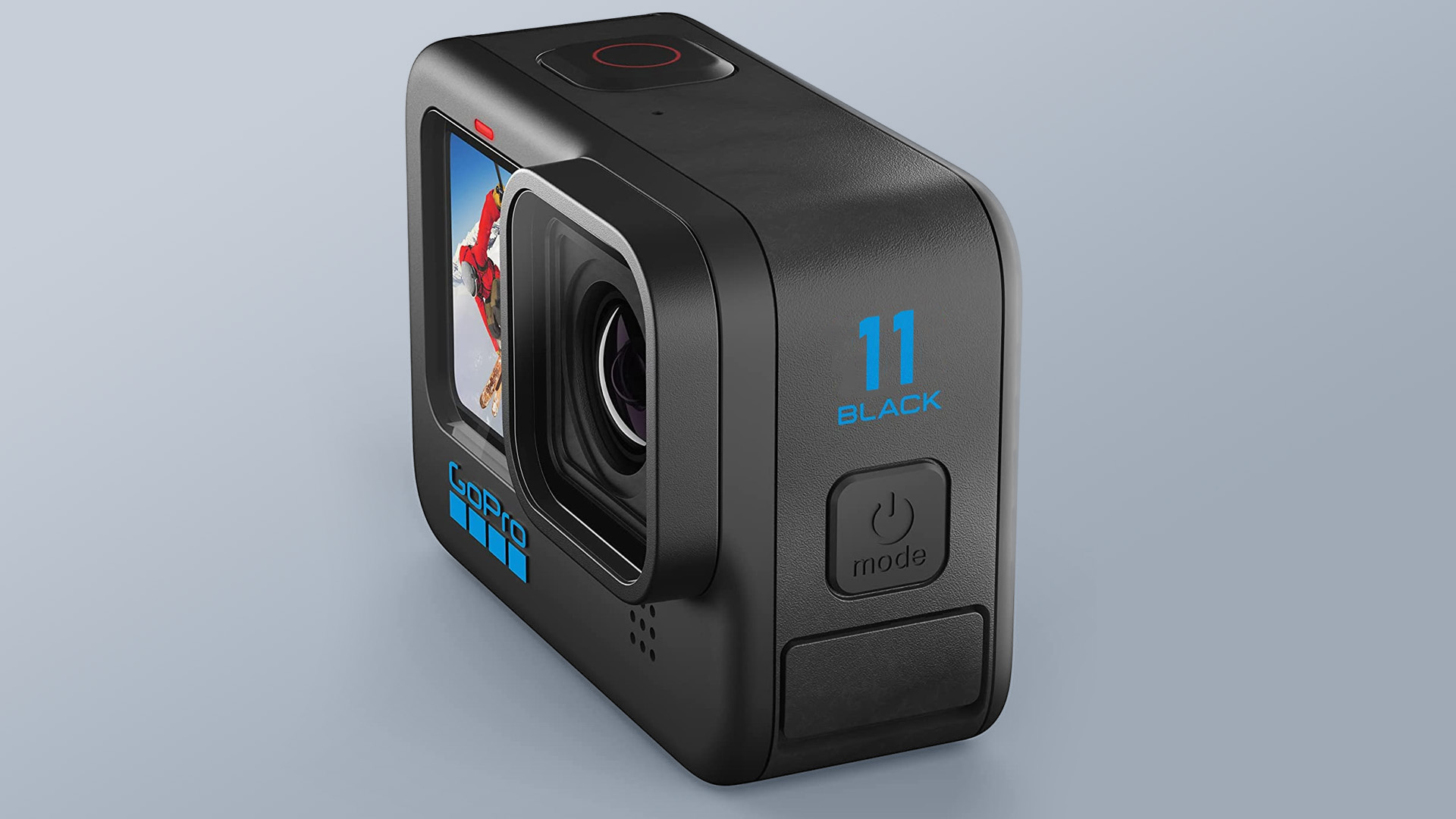
GoPro could make some tweaks to these replaceable mount fingers by including a 1/4-inch threaded mounting point. This is probably harder than it sounds, as it would likely require the mount’s base to run deeper in the GoPro Hero 11 Black’s camera body, as well as a redesign of the fingers’ hinge system. However, it would let you attach the camera directly to a tripod plate.
This would be similar to GoPro’s relatively quiet upgrade of an oleophobic coating on the GoPro Hero 10 Black’s lens glass.
2. An edge-to-edge display
We don’t want the GoPro Hero 11 Black to get significantly larger, but it would benefit from a bigger rear display. Eliminate some of the blank border around the Hero 10 Black’s 2.27-inch back LCD and you’d have a more comfortable way to compose your shots and navigate the system UI.
A larger screen is also likely to draw more power, but this could be minimized by using a more efficient panel. LTPO, LTPS, IGZO and a-Si are various types of backplane technology used in screens (LCD and OLED), and have an effect on a display’s power consumption.
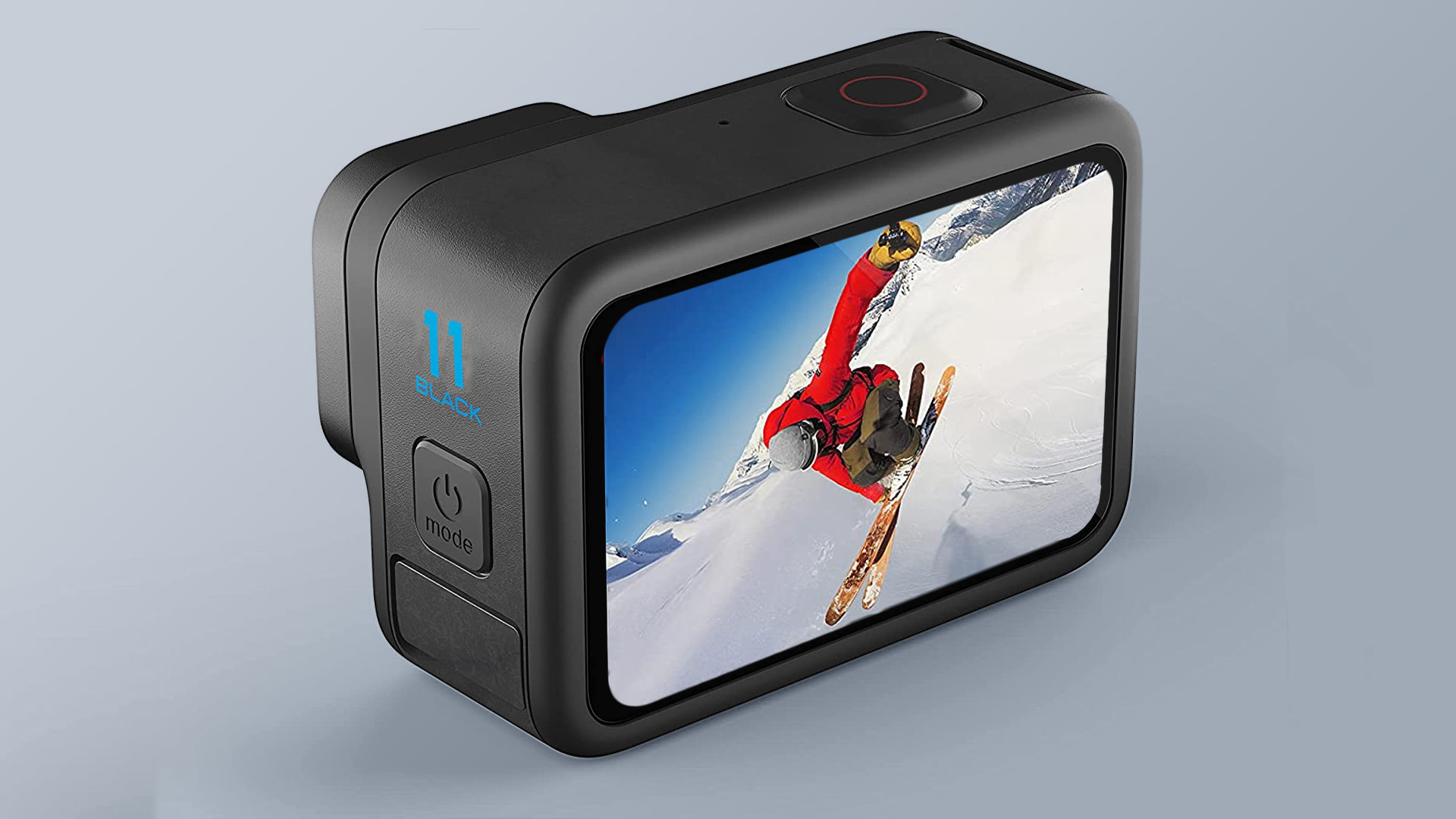
We don’t actually know the specifics of the GoPro Hero 10 Black display’s tech, but we’re going to guess it does not use top-dog LTPO, which we only tend to encounter in OLED screens these days.
A high-resolution OLED screen could be a great solution. To date, OLED panels have not been particularly prevalent in action cameras, but the DJI Action 2 uses one.
As the Hero 10 Black’s rear LCD can already reach around 800 nits, it doesn’t really need a higher-end display. But the poppy contrast of OLED would provide conspicuous tech progress that the camera may lack in other areas.
3. A larger sensor
Every time we start thinking about a next-generation GoPro, a new and larger sensor is always near the top of our wishlist. It means better native light sensitivity, superior dynamic range and a greater ability to deal with poor lighting – something at which GoPros still do not excel.
Our best bet is the GoPro Hero 11 Black will not have a new sensor, though. For the last 10 years, GoPro has given each of the Sony sensors it uses three generations on duty before upgrading. The GoPro Hero 11 Black would mark the third outing for the Sony IMX677.
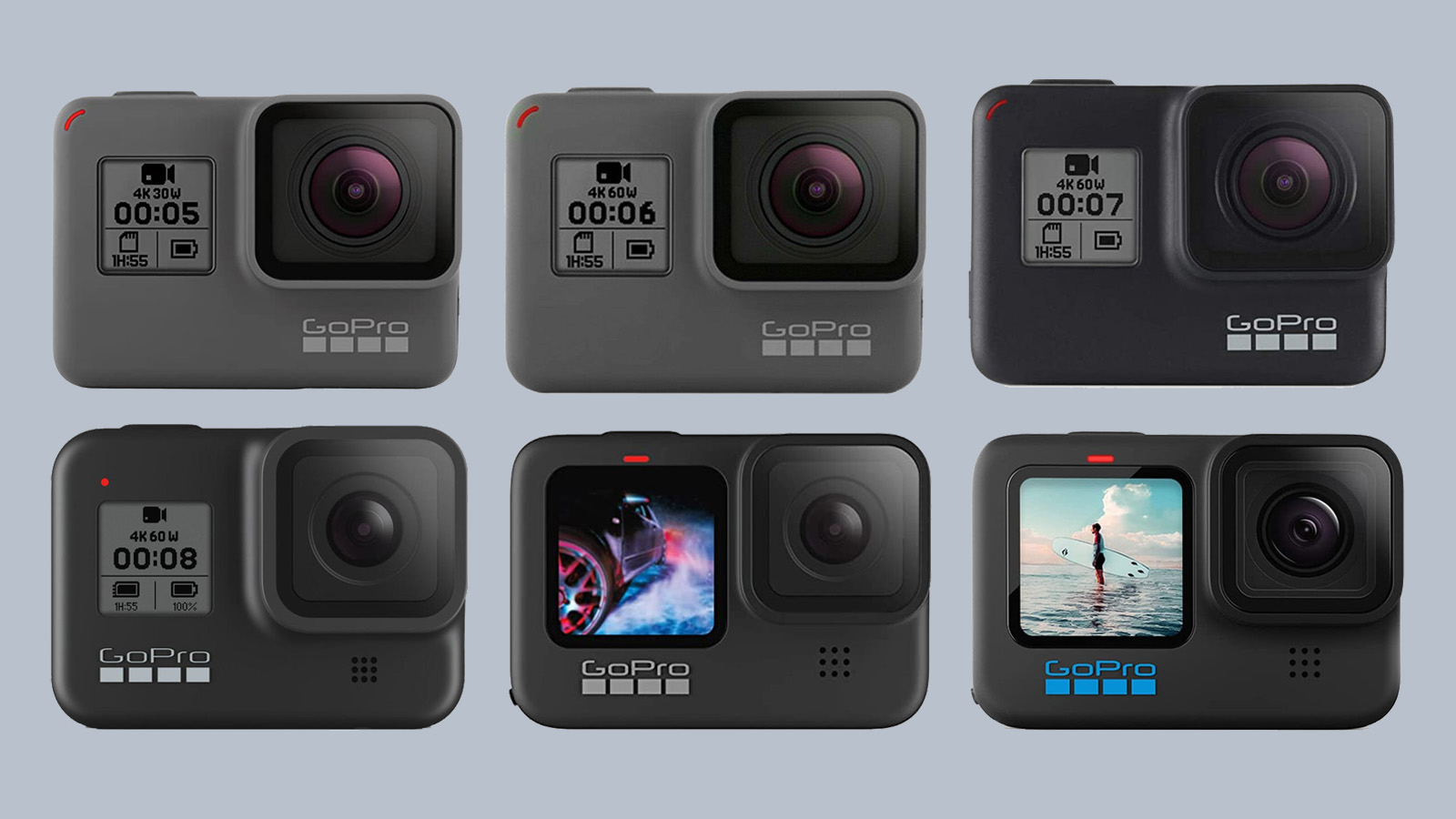
There is pressure from elsewhere, of course. The DJI Action 2 has a larger 1/1.7-inch sensor, but it simply does not eclipse the Hero 10 Black for imaging, so that pressure is not currently excessive. Also, we do not know of a Sony sensor that would actually be a wholesale upgrade – one slightly larger that still supports 5K video capture and 4K at 120fps.
For those interested, here are the sensors used in the Black series over the last decade.
| Sensor | GoPro Models | |
| Sony IMX177 | Hero 3 Black, Hero 4 Black, Hero 5 Black | |
| Sony IMX277 | Hero 6 Black, Hero 7 Black, Hero 8 Black | |
| Sony IMX677 | Hero 9 Black, Hero 10 Black |
Considering GoPro’s CEO has said we’ll see new lines this year, the company may be considering a fresh model with a 1-inch sensor. The obvious candidate is the Sony IMX383, a 20MP sensor capable of 5.3K video at 60fps, 4K at 120fps and 2.7K at 240fps.
Why not just shove this into the Hero 11 Black? It would almost certainly lead to a significantly larger action camera, which may be less appealing for plenty of prospective GoPro buyers. Still, stick it in a new line and buyers who value image quality more have another option to consider.
4. Improved slo-mo
One other suggestion we’ve seen online is that the GoPro Hero 11 Black should have 480fps 1080p slo-mo capture. The Hero 10 Black can currently shoot at 240fps, at 2.7K resolution, and 120fps at 4K.
This is a no-go unless GoPro does the unexpected and switches to a different sensor. Sony publishes the raw capabilities of the IMX677 online, and it simply does not have a read-out mode that would make 480fps at Full HD possible.
We don’t think it would necessarily be all that attractive anyway. There’s a distinct loss of clarity when you switch to Full HD capture with a GoPro, whose small sensor is unable to match that of a full-frame or Micro Four Thirds camera.
GoPro has already tapped out the Sony IMX677’s capabilities in the GoPro Hero 10 Black. With one notable exception...
5. HDR video
The Sony IMX677 is a DOL-HDR capable sensor. This means it can capture two sets of exposures, one darker and one lighter, as it reads through the sensor line by line, rather than taking them sequentially and risking HDR ghosting artifacts.
We do not get HDR video in the GoPro Hero 10 Black, just HDR stills, and such a mode would be a real benefit for the new camera. While GoPro video quality is great, the limited native dynamic range of the sensor means you’ll frequently see clipped highlights in clouds when the camera ends up dialling in exposure to match a darker part of the scene.
In a best-case scenario, DOL-HDR results in a halving of frame rate, suggesting that 4K HDR video at 60fps may be possible in the GoPro Hero 11 Black. That would be great.
There’s a roadblock, though. If we dig into the data sheet of the Sony IMX677 once more, there’s no mention of a drive mode for DOL-HDR – something you will find in documentation for other sensors like the IMX477. It may be that this sensor can only use DOL-HDR for stills, which sucks.
This is what we currently get in the GoPro Hero 10 Black: HDR for stills but not video. But let’s hope that’s not the case.
6. New software features
With few obvious hardware routes for classic GoPro upgrades in the next generation, we might instead see the Hero 11 Black wring some new software features from its GP2 processor. This chipset was introduced in the Hero 10 Black, and dramatically improved the responsiveness of the interface, but it could also be used to deliver fresh software features.
We’re shooting in the dark here, but GoPro could add a background blur portrait mode for those who want to vlog and home, but don’t have a stylish-looking background to do so.
It could use face recognition to auto-crop to a certain framing of the subject’s face, effectively a form of auto-editing for content creators. Other cameras use smarter and faster face and object recognition to aid autofocus, but that just isn’t relevant in a GoPro action camera. They have fixed focus lenses, and we don’t think that will change in a Hero 11 Black.
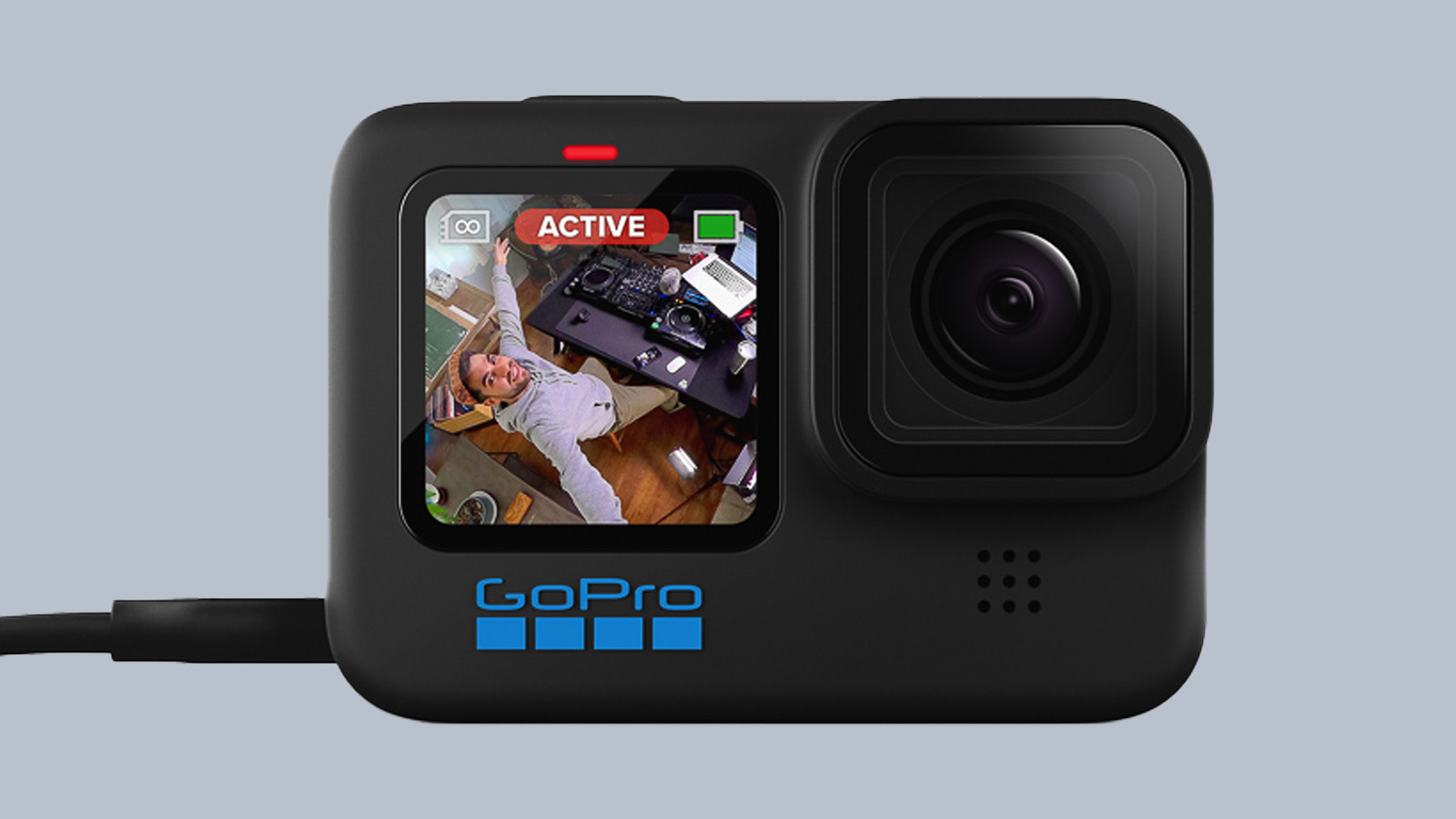
There’s significant scope for GoPro to boost the quality of its night-time stills, too. Increased processing power may make it possible to use computational techniques closer to those of a decent phone camera. GoPro has made some progress here already, but the stills shooting experience is clunky and slow compared to that of a phone.
Improved low-light video quality is what we're most keen to see, but GoPro already implemented the most obvious way to do this in the Hero 10 Black. It’s 3DNR, which is noise reduction that uses successive frames to inform the noise reduction algorithm. The third “3D” dimension here is not depth, but time. Fingers crossed we’ll see low-light image quality improve at least a little in the GoPro Hero 11 Black.
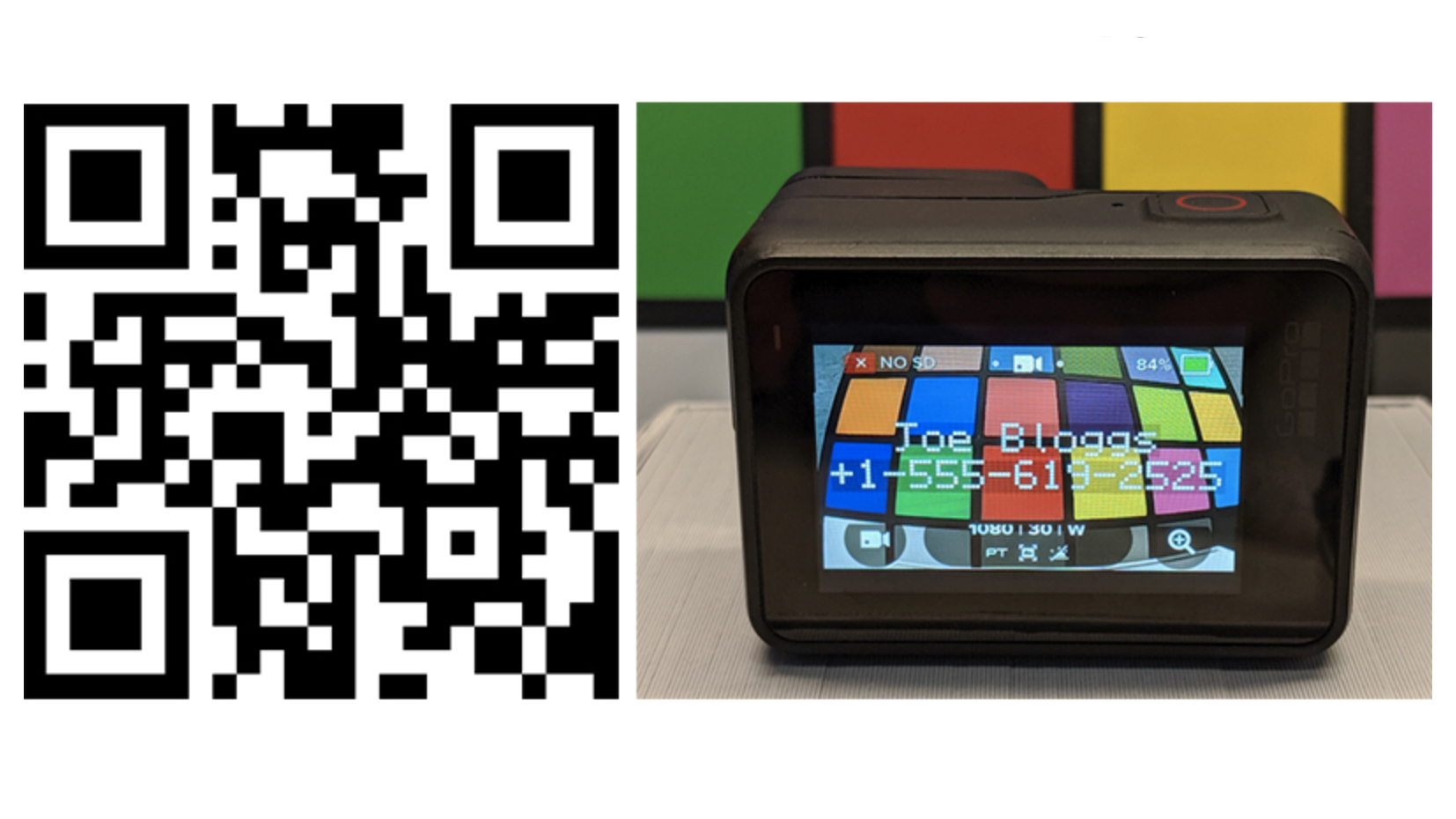
Some recent phones also use the DOL-HDR technique mentioned earlier to bring low-light video quality closer to that of low-light stills. If the Hero 11 Black hardware is capable of this, it could bring about a sea change in the quality of consumer-grade action camera night video.
GoPro may also fold in features currently in progress in GoPro Labs, which offers beta firmware for more intrepid users. Such features include triggers to start capture when the camera is plugged in over USB or when it detects motion – intended primarily for dash cam use. There's also a 'one button' mode where all functions are locked off apart from starting and stopping capture. Given how often we’ve accidentally swiped the display into its stills mode, this could be handy.
from TechRadar - All the latest technology news https://ift.tt/gOXdmCb
Comments
Post a Comment